
На дворе расцветает всеми возможными способами июнь, серьезные ограничительные рамки пандемии снимаются, впереди пора отпусков и летнего отдыха. А мы только-только закончили подводить итоги боевого кино за 2019 год.
Так уж вышло, что задержались. Ничего удивительного: последние несколько месяцев по всему миру были сложноватыми. Но мы спешим к вам с самой интересной номинацией нашего проекта: лучшим экранным поединком!
Понимая, что немного "проштрафились", решили порадовать наших читателей аналитикой не только победивших в голосовании боевых сцен, но и тех, что понравились нашей редакции. Кстати, расскажите нам: стоит ли в дальнейшем в этой номинации обращать внимание на те экранные поединки, что приглянулись авторам FFI? Пишите об этом в комментариях. Вообще - пишите.
Победители голосования
Скотт Эдкинс против бандитов в пабе (Отмщение) (16%, 26 голосов)
- Локация: паб\пивной бар. Пожалуй, это самая популярная локация для экранных поединков в истории кино. В баре дрались все кому ни лень и куда ни плюнь - от Чака Норриса и Дона Уилсона, до Грюнера, Ван Дамма, Сигала и даже Патрика Суэйзи. Практически в каждом втором вестерн-фильме было какое-нибудь побоище в условиях общепита. Проще перечислить тех, кто не разбивал головы врагов о барную стойку, чем перечислять оставшихся в стороне.
- Стиль: британский “гипертрофированный реализм”
- Продолжительность боевых сцен: 4 минуты 10 секунд
- Количество участников и формат их взаимодействия: один против толпы.
- Фишка: Скотт Эдкинс с железными зубами, но без трикинга и гайвер-киков.
- Особенности и специфика: режиссер Джесси Джонсон и координатор трюков Дэн Стайлз поместили Скотта Эдкинса в эстетику бюджетного Гая Ричи. Вероятно отсюда родилось логичное решение отказаться от привычной для Скотта хореографии и попытаться “приземлить” манеру боя его персонажа. Удалось им это или нет - давайте разбираться.
Можно ли заставить Шумахера ездить как рядовой автолюбитель? Пожалуй, вряд ли. Можно ли заставить Скотта двигаться и наносить удары как громила-дилетант, эффективно, но при этом криво, косо и наобум? Нет, нельзя, ибо мышечная память делает свое дело.
Поэтому за кровавой возней, погромами и сумятицей все равно видны отточенные движения и многолетний опыт Эдкинса, отчего реализм получился хоть и жесткий, но все равно очень выверенный и взвешенный. Враги, сопровождая свой выход гневными возгласами и рычанием, появляются в нужное время и в нужном месте, получают порцию “правильных” ударов и отлетают восвояси. Даже когда им прилетает палкой по башке, все равно это выглядит хореографией, а не имитацией импровизации.
Герой Эдкинса - разъяренный и отчаянный маргинал, машина для ломания костей дерется как бы эмоционально, выкатывает глаза в приступах боевого безумства, но тело его двигается хладнокровно, используя приблизительно один и тот же набор приемов и ударов. Ритмика у боя практически неизменная, а темп, если приглядеться, довольно невысокий.
Для подчеркивания реализма, поединок снят без музыкального сопровождения, лишь изредка в ткань вплетаются атональные заунывные скрипичные ноты или дополнительные звуковые эффекты.
Операторская работа и монтаж как по учебнику, все читаемо и видно. Если нужен крупный план для пущего драматизма - он есть, если нужно снять потасовку целиком - она снимается общим планом и с правильного ракурса.
Главные минусы боя: примерно к середине поединка зрителю становится понятно, что герою не страшны ни ножи, ни пули, ни бейсбольные биты, поэтому можно расслабиться.
Итог: бой можно охарактеризовать как “выверенный гнев” или “состояние аффекта в лайт режиме”, а сам персонаж Скотта, как бы Джонсон не пытался создать ему новое амплуа, по-прежнему бойкоподобный.
Киану Ривз против Яяна Рухьяна и Чечепа Рахмана (Джон Уик 3) (15%, 25 голосов)
- Локация: отель “Континенталь”. Локация построена по принципу иерархической пирамиды, по которой поднимается Уик, сталкиваясь на каждом уровне с более сильным противником. Аналогичный принцип применяется в компьютерных играх. Ровно тоже самое сорок с лишним лет назад делал Брюс Ли в “Игре смерти”, продвигаясь вверх по этажам пагоды.
- Стиль: смесь индонезийского реализма и неоголливудского “актерского” боя
- Продолжительность боевых сцен: около 3 минут 30 секунд
- Количество участников и формат их взаимодействия: один против двоих
- Фишка: Киану Ривз, не будучи профессиональным бойцом и каскадером, вступает в бой с двумя противниками высокого уровня. Да, ему тяжело, но за него не стыдно.
- Особенности и специфика: третья часть Уика не отличается кардинально от предыдущих двух частей, но изменения все же имеются. Главным образом, третий фильм поднял планку экранных оппонентов Киану Ривза и теперь любой: от участника массовки до главного босса - матёрый профессионал. Ни рэперов, ни Нюквистов ни прочих Руби Роуз теперь нет, поэтому старику Киану приходится ой как не легко.
Поединок против Чечепа Рахмана и Яяна Рухьяна тому доказательство. Хищные, дьявольски умелые и цинично развеселые враги кружат словно собаки вокруг Балу и жалят со всех сторон с гиканьем и улюлюканьем. Уик же отбивается от них как может, правда, скорости ему заметно не хватает, поэтому поединок организован по принципу: противники много бьют в пустоту, мельтешат и делают кучу лишних движений, а Уик в основном защищается неприглядными движениями и наносит им урон бросками оземь.
Несмотря на индонезийский оттенок хореографии, драка все равно не похожа на “Рейды” или “Ночь идёт за нами”, все же влияние Стахелски велико. Удары ногами более экранные и отчасти даже европейзированные, если так можно сказать.
Главные минусы боя: враги могли убить Уика десять раз за бой, но почему-то этого не сделали, предпочитая целовать ему руки и рассыпаться в комплиментах. Динамика поединка проседает, когда Киану не успевает.
Итог: Киану Ривз в очередной раз показал почивающим на лаврах экшн-звездам и всяческим толстопузым Сигалам как может работать актер в непрофильном, казалось бы, для него жанре.
Скотт Эдкинс против Ико Ювайса и Тони Джа (Тройная угроза) (11%, 18 голосов)
- Локация: какой-то заброшенный дом или замок непонятно где.
- Стоил ли перечислять тех, кто дрался непонятно где? Пожалуй, каждый экранный боец дрался в каком-нибудь заброшенном доме\замке\заводе или отеле. В “Неудержимых 3” целый заброшенный гостиничный комплекс разбомбили.
- Стиль: мультинациональный трикинг
- Продолжительность боевых сцен: около 4-х минут за вычетом болтовни.
- Количество участников и формат их взаимодействия: сначала один на один, затем двое против одного и затем снова один на один.
- Фишка: на экране встретились топовые экранные бойцы, которые получили не рваные фрагменты и не камео, а полноценный экранный бой.
- Особенности и специфика: понятно, что адекватный противник Эдкинсу из всего состава участников “Тройной угрозы” - это Тони Джаа, поэтому Джесси Джонсон и Тим Ман сделали ставку именно на их взаимодействие, а Ико Ювайс появляется ненадолго в середине боя, являясь как бы драматургической отсечкой двух частей: когда Тони проигрывает и когда выигрывает. По этой причине останавливаться подробно на фрагментах с участием Ювайса нет смысла, он по сути буфер между агрессивным злодеем Эдкинсом и растерянным поначалу персонажем Тони.
Эдкинс технично отбивается от двух противников, которые действуют в строгих рамках типичной хореографии Тима Мана.
В поединке нет ничего “неправильного” и все канонично до мелочей - злодей сначала дубасит хорошего парня, потом тот восстает из пепла и отправляет плохиша в нокаут навсегда. Кадры, где Эдкинс царствует безраздельно, сняты в холодных сине-серых тонах, а когда Тони выходит на победную прямую - в теплом спектре, на фоне горящих факелов.
Картинка хоть и качественная, но все же довольно темная, и если бы не точный монтаж, хорошие продолжительные дубли и ракурсы в стиле Айзека Флорентайна, то презентабельность боя была бы сильно снижена.
Главные минусы боя: с хореографической стороны схватка не блещет оригинальностью, хотя на руках были все козыри. Классические фишки каждого бойца должны были придать персонажам индивидуальность и даже привнести в бой ностальгический оттенок, вызвав мурашки у зрителя, но в итоге фишки как-то не заиграли.
Весь бой Эдкинс и Джаа таскают с собой ножи, но пускают их в дело в самом расхожем и нелепом месте. Ну, и повторимся, в кадре слишком темно.
Итог: бой получился ни плохим и ни хорошим, он просто есть. Мы рады, что это свершилось, и Тони со Скоттом наконец-то скрестили руки и ноги на экране, но жаль, что они не встретились в далеком 2003 году, когда оба были юны, свежи и находились в своей лучшей форме.
Выбор редакции
Эндрю Кодзи против Джо Таслима (Воин) (7%, 12 голосов)
- Локация: подпольные бои. Наряду с локациями “бар” и “непонятно где”, подпольный ринг составляет ТОП 3 мест для проведения экранных поединков. Если бы мы плюсовали еще олдскульные китайские кунг-фу боевики с псевдоседовласыми старцами с наклеенными бровями, то сюда можно было бы добавить еще локацию “пустырь”.
- Стиль: голливудский “неореализм” с отсылками к классическим кунг-фу боевикам.
- Продолжительность боевых сцен: около 6 минут
- Количество участников и формат их взаимодействия: один на один
- Фишка: два бойца выясняют, чье кунг-фу круче без тросов и рапида. Давно такое видали?
- Особенности и специфика: данный бой - это не просто разборки двух китайцев (окей, японца и индонезийца), а важная для сюжета и персонажей сцена. Конфликт долго назревал и вылился в итоге в сражение не на жизнь, а на смерть. И если Джо Таслима уже можно смело назвать “закоренелым” мастером экранного боя, то новичок Эндрю Кодзи раскрывает в этом бою свой потенциал: его движения отточены, прямолинейны и выверены, он весьма киногиеничен и даже почесывает нос большим пальцем, отсылая нас к легендарному Брюсу Ли - концептологу сериала “Воин”. При этом это, пожалуй, единственная сознательная отсылка к Маленькому Дракону в этом поединке, а хореография вполне самодостаточная, без копирования или прямых цитат. Несмотря на то, что по сюжету оба бойца являются мастерами кунг-фу, схватка поставлена реалистично и жестко, подчеркивая нрав конца XVIII века.
Сцена вызывает в воспоминаниях фильмы про подпольные бои конца 80-х и середины 90-х, но герои не злоупотребляют хайкикингом и не ждут друг друга - темп достаточно быстр. Здесь нет разнообразия ударов и пресловутых “выкрутасов”, к которым зритель успел привыкнуть за последние годы благодаря Эдкинсу, а бой только выигрывает в атмосфере, отказавшись от излюбленных китайскими поставщиками тросов и “фриз-тайма”.
Драматургия боя построена по принципу взлетов и падений: перед финальной кульминацией идут несколько “дополнительных”, когда к победе близок то один, то другой боец, и маятник саспенса постоянно раскачивается.
Когда волею пера сценаристов главному герою пора проигрывать, мы видим бой глазами Таслима, что только нагнетает напряжение сцены: боец измотан, еле стоит на ногах, но его внутренний “берсерк” без колебаний уничтожает героя Кодзи. Монтаж не режет и не дробит кадр, выставляя на показ мастерство актеров и драматизм сцены.
Главные минусы боя: постановщики слишком увлеклись реализмом, позабыв о том, что киношный бой должен выглядеть еще и красиво. Не то, чтобы нам где-то не хватало гайвер-киков и трикинга, но акцентирования, все же, не доставало. В некоторых моментах видна заученность движений, но в целом...
Итог: ...это практически эталонная сцена боя для современных американских сериалов (да-да, это камень в огород “Убийц Ву”!), в которой и актеры и постановщики поработали очень хорошо. Остается загадкой, почему эта схватка не вошла в тройку победителей. Если есть мысли по этому поводу - комментарии ждут вас.
Брюс Хан против двух противников (Мститель) (6%, 9 голосов)
- Локация: захолустная деревенька. Не частая, но встречающаяся время от времени локация в боевиках. Отношения в таких выясняли и Чак Норрис, и Жан-Клод Ван Дамм, и Дольф Лундгрен, и Скотт Эдкинс, а также добрая половина героев гонконгских боевиков и самурайских эпиков.
- Стиль: помесь старой китайской школы, южнокорейской боевой хореографии и новой индонезийской волны.
- Продолжительность боевых сцен: чуть более 2 минут.
- Количество участников и формат их взаимодействия: один против двоих
- Фишка: схватка против характерных прихвостней главного злодея, в которой каждый со своим оружием и манерой ведения боя
- Особенности и специфика: Брюс Хан сражается на мечах не со статистами, а с индивидуальностями: один - статный и самоуверенный боец с длинным мечом, другой - фриковый горбун с двумя клинками, любящий осторожность. Без преувеличения, мы истосковались по хорошим боевым сценам с оружием, а здесь есть на что поглазеть.
Одна из главных отличительных черт этого боя, в пример многим подобным, - это слаженное действие противников, которые не дожидаются своей очереди в атаке, а бросаются на героя вместе, выходя на время из драки только получив удар или толчок, вызывая в памяти классические кунг-фу боевики Гонконга. Хан в основном защищается и парирует удары, нанося собственные лишь тогда, когда удается.
Второй важной чертой является движение камеры, которая неотрывно следит за персонажами, словно оператор - полноценный участник боя. Также в этой сцене хватает длинных кадров, благодаря которым зритель видит отточенность и амплитудность всех ударов и связок экранных бойцов. В постановке, за которую тоже отвечал Брюс Хан, уделяется внимание и дистанции: у противников оружие разной длины и герою приходится это учитывать.
Главные минусы боя: ритм боя секционный и в какой-то момент кажется, что перед нами своеобразный вальс на “раз-два-три” с перерывами на потереть оттдавленную партнером ногу. Боевая хореография - это как музыка, в которой паузы и длина этих пауз не менее важны, чем ноты. В случае с “Мстителем”, ритмический рисунок поединка иногда провисает, отчего он выглядит слишком размеренным и не хватает того самого “куражу”, что свойственен подобным сценам, например, в японском кино, а главному герою не стоило бы всю сцену провести с “мордой кирпичом”, - это плохо сказалось на эмоциональности постановки.
Итог: действительно хорошая фехтовальная сцена, которую трудно обойти стороной. Понятно, почему она не стала лучшей, но работу Хана хочется отметить, ведь, если абстрагироваться от того факта, что это южнокорейский боевик, то можно “обознаться” и принять сцену за жестокую разборку в тайском или индонезийском кино. Что играет исключительно в плюс.
Робин Кальво против Тарола Кота Баллока (Афро-самурайский винегрет) (3%, 5 голосов)
- Локация: лес. Излюбленное место разборок мастеров кунг-фу всех мастей, ниндзя и самураев. Всех, кто сражался в лесу и не перечислить: от Тосиро Мифунэ и Джеки Чана, до Дэниела Бернхарда и Синтии Ротрок.
- Стиль: помесь современной японской хореографии и трикинга
- Продолжительность боевых сцен: 3 минуты
- Количество участников и формат их взаимодействия: один на один
- Фишка: реальное воплощение гипертрофированных анимационных персонажей.
- Особенности и специфика: персонажи Муген и Афро, которые сошлись в схватке на мечах в этой короткометражке изначально мультяшные, и их боевые стили в реальности вряд ли можно было бы применить. Так что перед постановщикам из Team Red Pro стояла непростая задача, - снять бой вымышленных персонажей “как в мультфильме”, но не прибегая к спецэффектам, тросам или другим ухищрениям. Получилось ли? Нашей редакции кажется, что да.
Динамика боя здесь взвинченная, что несомненно приковывает внимание к сцене: моргнешь и пропустишь сразу с десяток интересных движений, львиная доля которых в схватке лежит на Робине Кальво. Его персонаж в бое использует огромное количество всевозможных движений, которые многими ценителями “реалистичности” без сомнений покажутся лишними. Но так уж прописан персонаж в оригинале и Кальво отыгрывает заданный характер и стиль на 100%, демонстрируя потрясающую подготовку. Его Муген делает различные сальто, кувырки и перевороты, пытаясь достать оппонента не только мечом, но и ногами. Эта какая-то дикая помесь брейкданса и капоэйра.
С другой стороны спокойный как танк Афро в исполнении Тарелла Кота Баллока. Поначалу его персонаж защищается и уходит от ударов ураганного соперника, но позже его герой переходит в наступление. Несмотря на то, что Афро - это архетип классического самурая с минимум движений, Баллок также не брезгует сальто и современными трикинговыми элементами, таким образом вплетая в бой новые краски.
В бое герои используют дополнительные “фишечки” своих персонажей. Так, Муген носит традиционную японскую деревянную обувь гэта и использует ее в качестве защиты от рубящих ударов противника. Или заостренная внутрь гарда меча Мугена также обязательно “проявит себя”. В свою очередь Афро активно использует не только свою катану, но и деревянные ножны. Все это грамотно “работает” в динамике.
Главные минусы боя: несмотря на фантастическую работу исполнителей, сама постановка выглядит как хип-хоп баттл. В том смысле, что за жизни участников боя не переживаешь, - слишком стерильна хореография в плане атмосферы и напряжения. Понятно, что они главные герои фильма, но хотелось бы большей вовлеченности.
Итог: с технической точки зрения, это, пожалуй, самая сложная схватка из всех шести номинантов. Совокупное количество трюков, бешеный ритм, ювелирная координация - все настолько густо замешано, что у зрителя может наступить передоз. И совершенно точно - это одна из лучших фехтовальных схваток в инди-кино, которая, однако, могла стать еще лучше, появись в ней саспенс и атмосфера. Постановщики и актеры справились с главным - перенесли характеры и боевые стили персонажей из мультфильмов в художественный формат, не только не потеряв, но и добавив интересных элементов. Да и к черту ложную скромность: нашей редакции _очень_ нравится этот бой.
Авторы редакции FFI: Ravenside и Данил Чупахин
Метки: Avengement, John Wick: Chapter 3 - Parabellum, Revenger, Triple Threat, Warrior, Джо Таслим, Ико Уайс, итоги боевого кино 2019, Киану Ривз, Робин Кальво, Скотт Эдкинс, Тарелл Кота Баллок, Тим Ман, Тони Джа, Чечеп Ариф Рахман, Эндрю Кодзи, Яян Рухьян



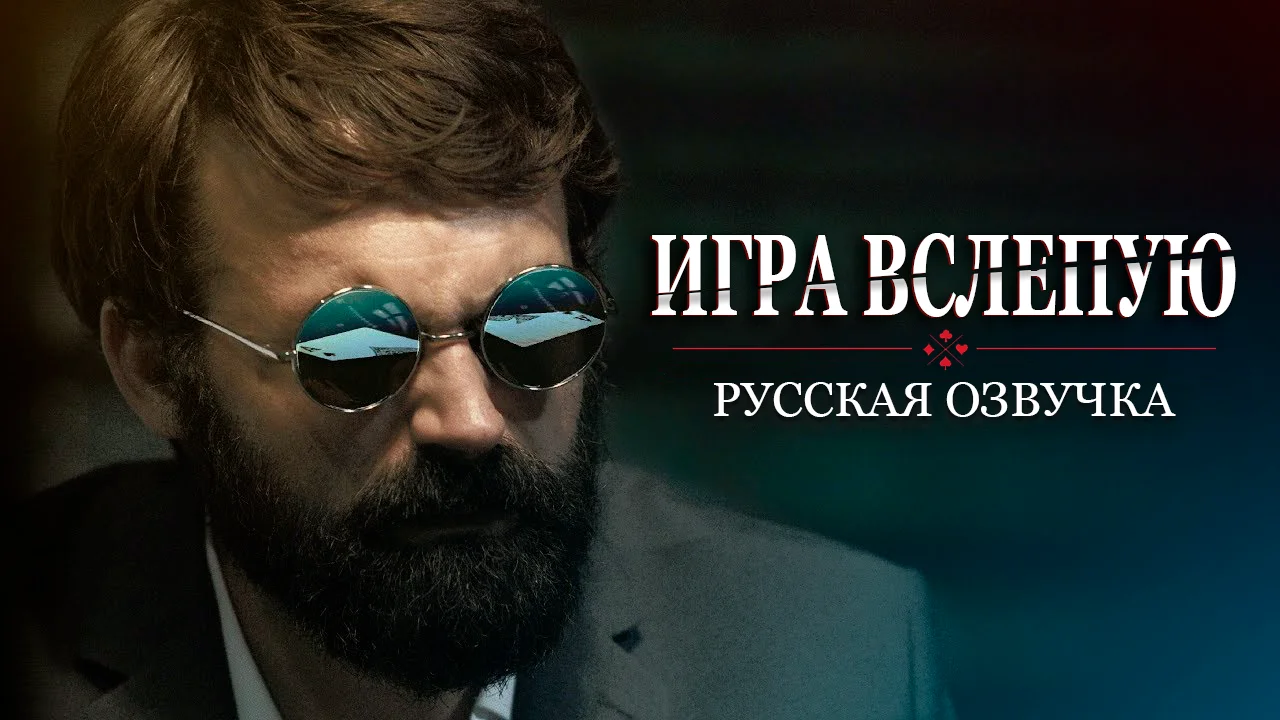

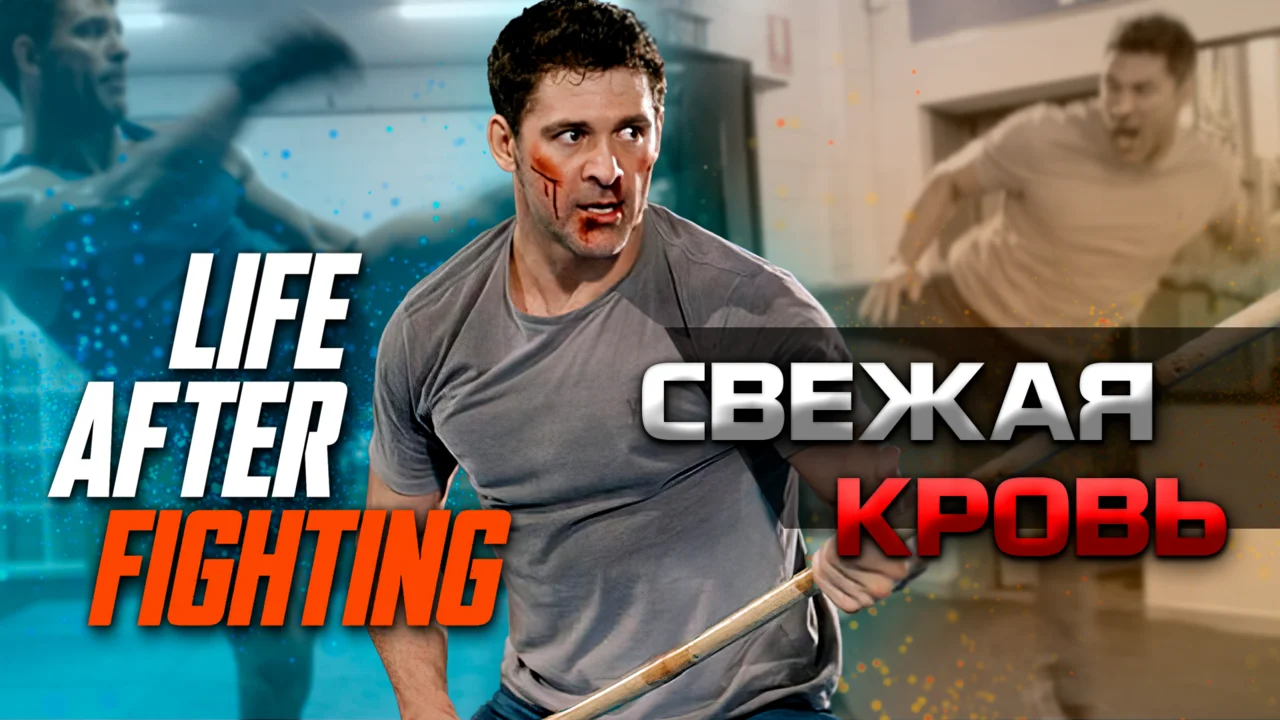
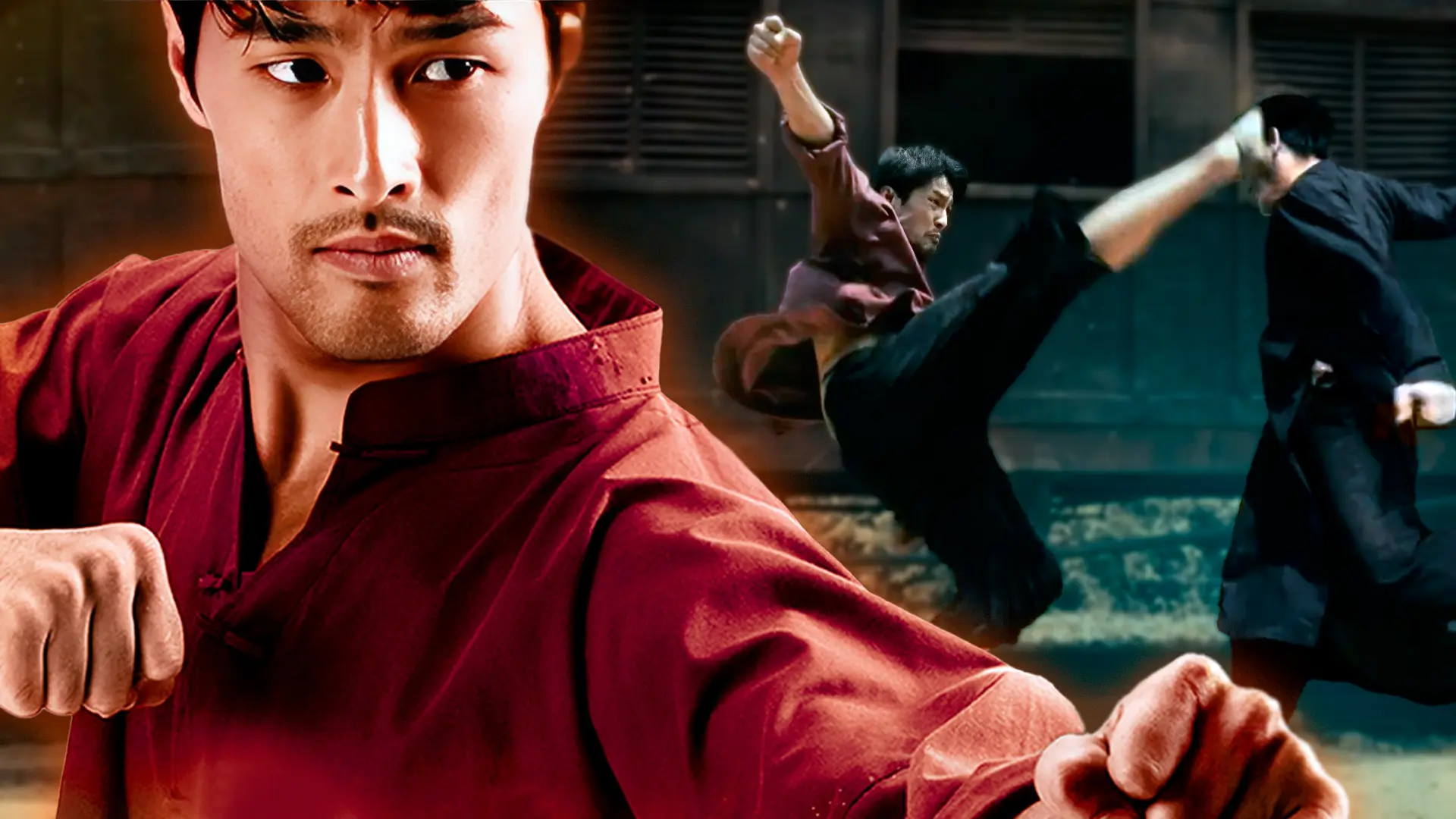
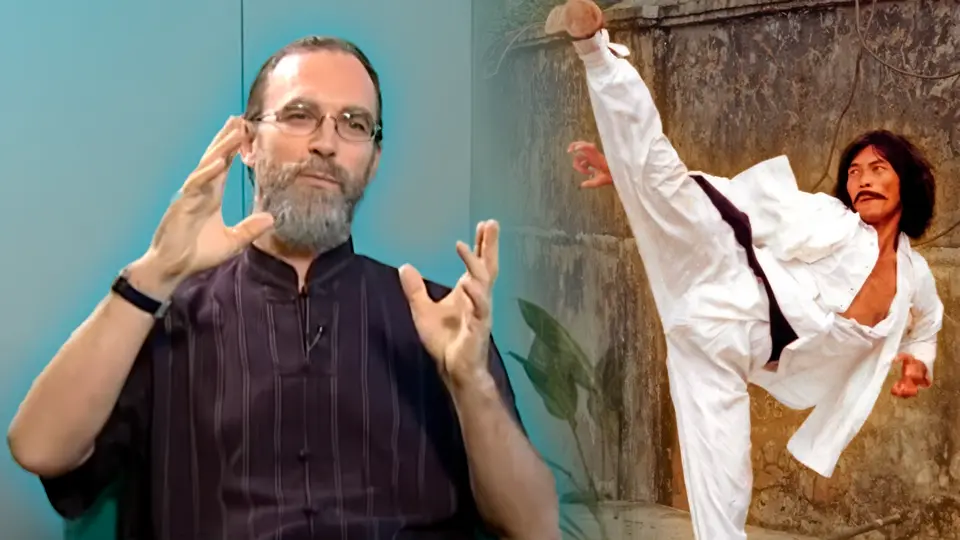
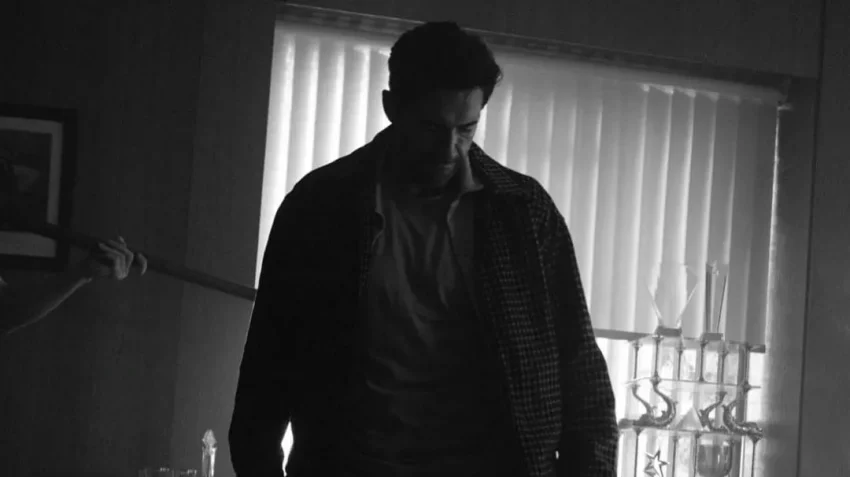
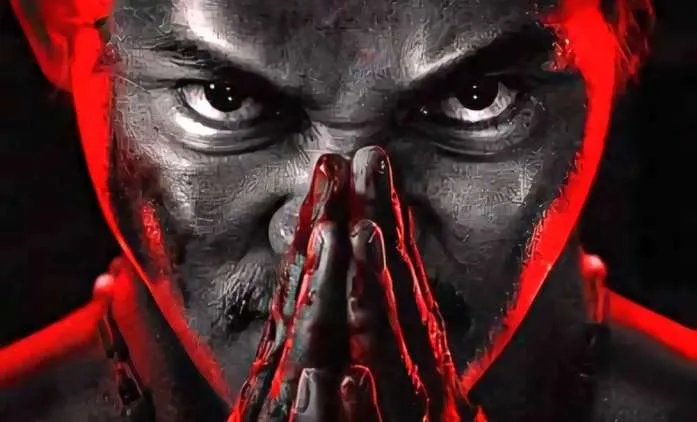
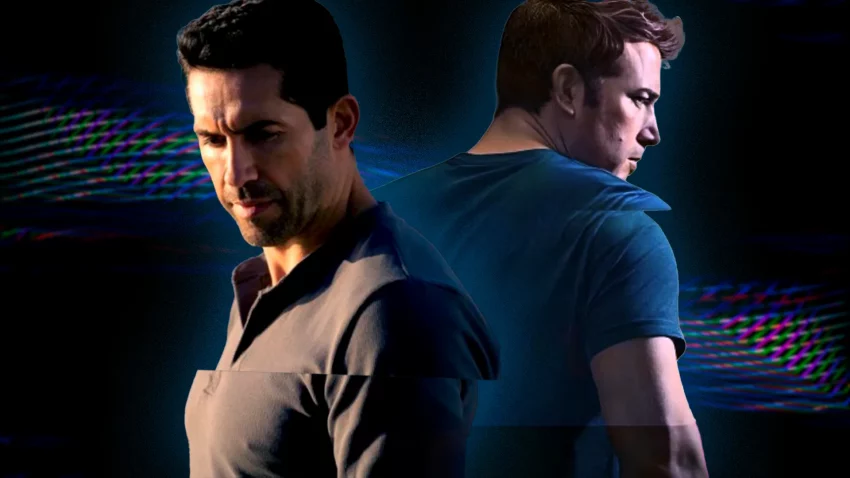
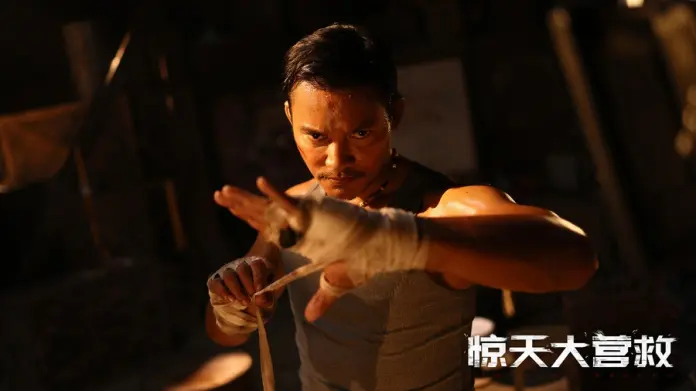

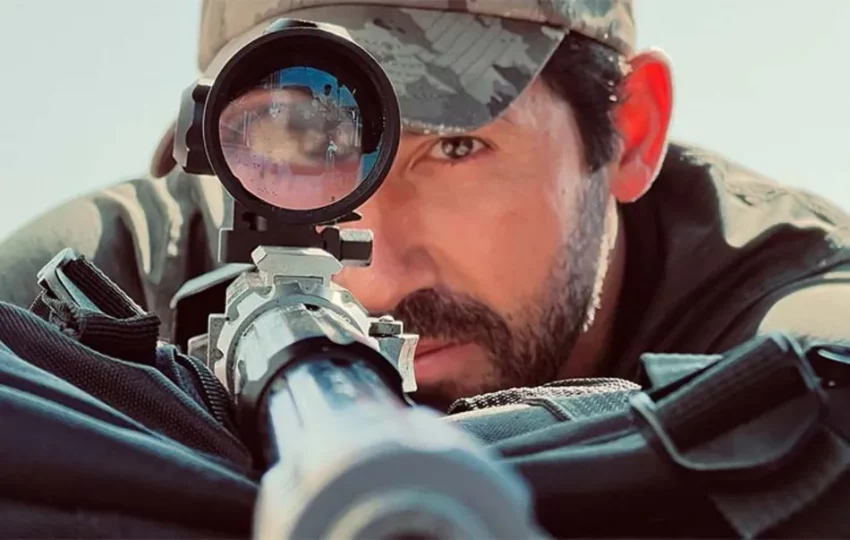
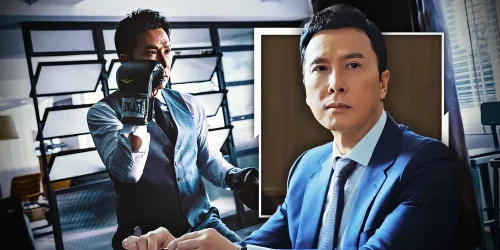
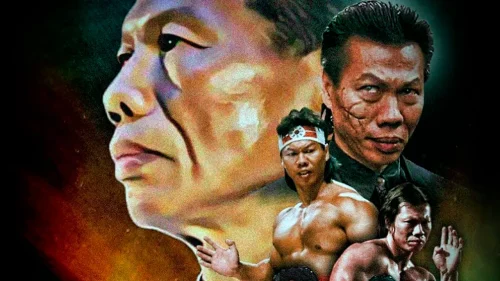
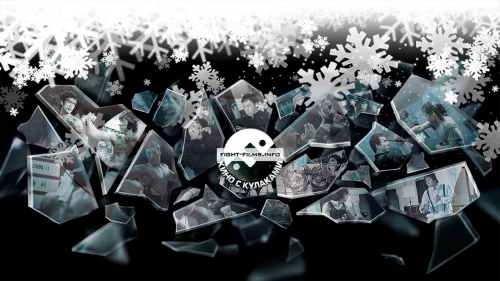
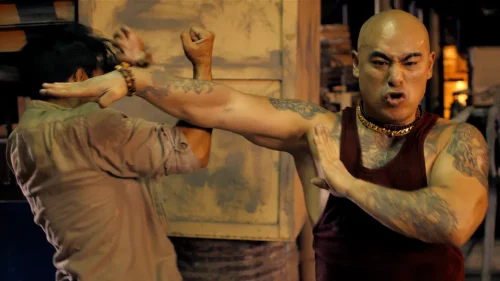


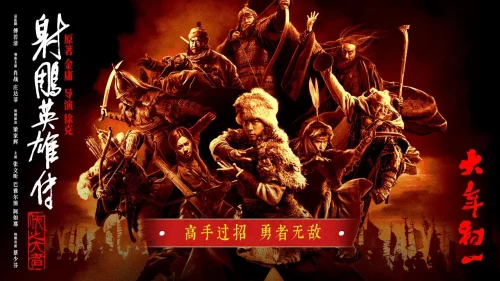
Однозначно да. Вспомнил о замечательной схватке Брюса Хана, отличной драке Джо Таслима. Точно не помню, но скорей всего я за обе голосовал.